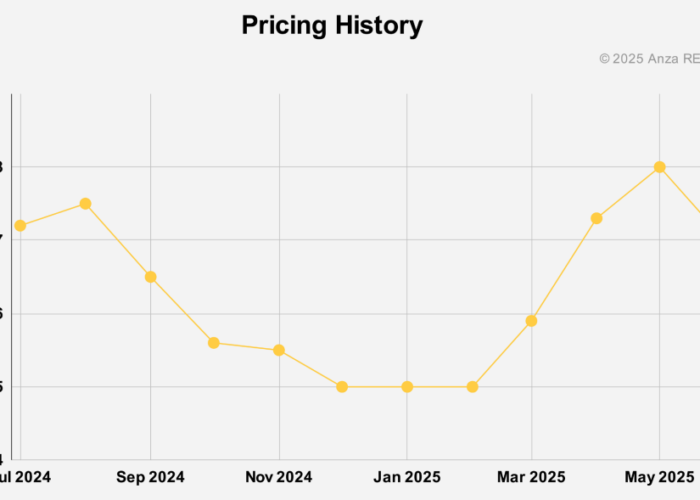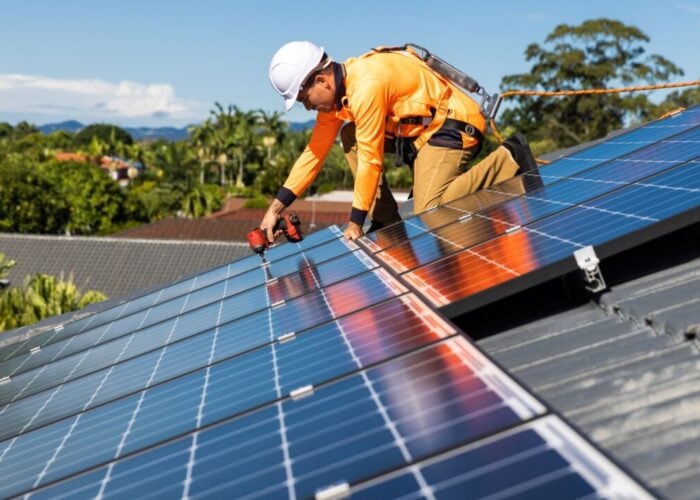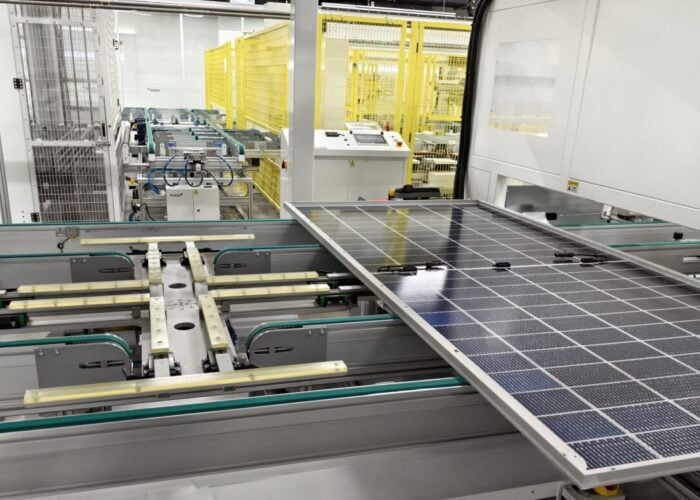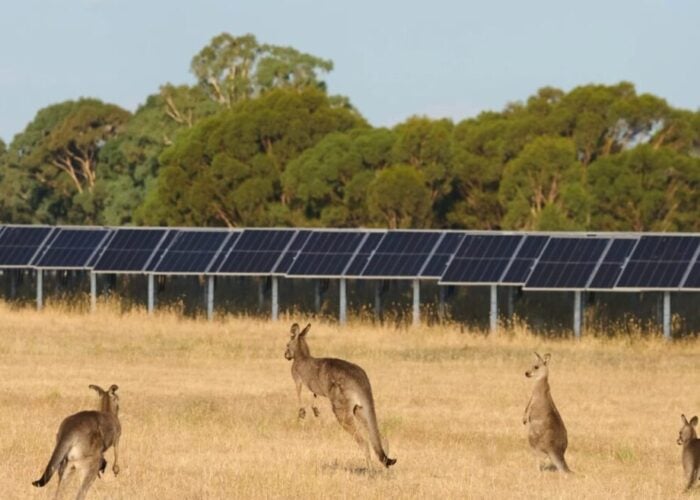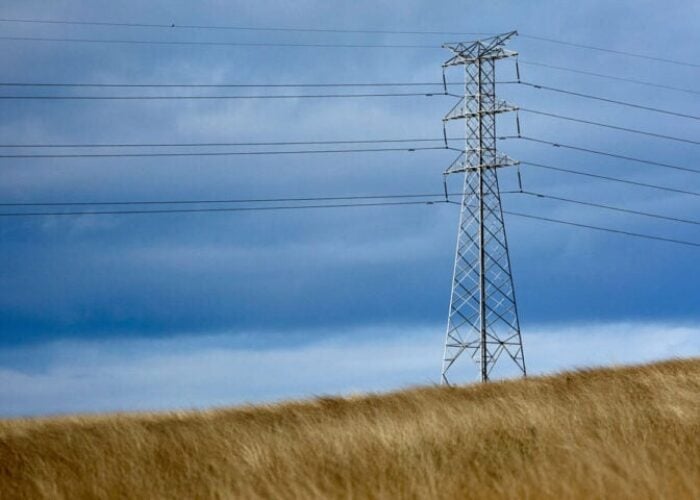
While a number of companies posted strong performances in 2024, more macro concerns regarding grid availability and product prices loom large over the global PV industry for 2025. These phenomena are apparent in the work, and outlook, of Chinese solar leader Trina Solar. This week, Yang Bao, the company’s global sales and marketing president spoke to PV Tech about Trina Solar’s performance in 2024 and expectations for 2025.
PV Tech: In both your own business and the wider market, what were the biggest highlights or milestones of 2024 and why?
Unlock unlimited access for 12 whole months of distinctive global analysis
Photovoltaics International is now included.
- Regular insight and analysis of the industry’s biggest developments
- In-depth interviews with the industry’s leading figures
- Unlimited digital access to the PV Tech Power journal catalogue
- Unlimited digital access to the Photovoltaics International journal catalogue
- Access to more than 1,000 technical papers
- Discounts on Solar Media’s portfolio of events, in-person and virtual
Yang Bao: In 2024, Trina Solar has, through both more efficient products and more sustainable operations, achieved remarkable success in advancing the global journey towards zero carbon.
By the end of Q3 2024, Trina Solar had cumulatively shipped over 150GW of 210 modules. In October and November, Trina Solar consecutively broke the world cell efficiency records twice, surpassing the previous records held by Fraunhofer, the tunnel oxide passivated contact (TOPCon) inventor, for seven years. With the support of the new i-TOPCon Ultra, cell efficiency successfully surpassed the 26% milestone, reaching a maximum of 26.58%.
This technology achievement will be applied to Trina Solar’s all-scenario Vertex N-type module, providing stronger support for zero-carbon transformation in the world. In addition, Trina Solar has gained a lot in terms of sustainable zero-carbon production and operation. Trina Solar’s Yancheng Dafeng and Yiwu bases have been certified as “zero-carbon” factories by a third-party organisation.
Both for your own business and wider industry, what were the biggest hurdles or challenges or 2024 and why?
In 2024, the PV industry has encountered multiple challenges such as supply-demand imbalances and insufficient intellectual property protection, which are intertwined to form the so-called ‘PV cycle theory’. If these problems are not effectively addressed, the PV industry will be trapped in low-level competition, and it will be difficult for the industry to embark on a path of prosperous development, ultimately harming its long-term interests and sustainable development.
As one of the leading companies, Trina Solar actively advocates for a number of initiatives to lead the industry out of the doldrums and break the cycle of vicious competition. At the same time, Trina Solar also called on the entire industry to join hands in strengthening intellectual property protection, cracking down on infringements, protecting innovations and encouraging enterprises to increase research and development (R&D) investment.
In addition, Trina Solar also emphasised the importance of coordinated development up and down the industry chain. We believe that only by working together can we effectively respond to the challenges brought about by market fluctuation and technology upgrades, ultimately achieving the long-term prosperity and sustainable development of the PV industry.
Looking ahead to 2025, what do you foresee as the biggest opportunities and challenges, both for your own organisation and the wider market?
According to TrendForce’s forecast, the total installed storage capacity around the world will maintain high growth from 2024 to 2025, with key regional markets concentrated in China, the US and Europe, accounting for 85% of the world’s new installations. Therefore, PV-storage integration is anticipated to be the greatest opportunity for the coming year in 2025.
Trina Solar, aiming to seize this significant market opportunity, will more closely integrate PV and storage solutions with smart energy management system to provide customers with smarter and more flexible energy transition services.
As for the challenges anticipated for the new year, we believe that global economic fluctuations and trade environment changes will bring more challenges to the new energy industry. These factors will affect international technology exchanges and long-term investment planning as well as collaboration. At the same time, it will also exert greater pressure on China’s PV industry. Despite all these, Trina Solar still believes that the energy transition is about the common destiny of all mankind and should not be used as a tool for trade competition.
What would be the single most important thing that could happen in 2025 that would advance either your own business or the wider market, or both?
We remain confident in PV market for the coming year. In 2025, we foresee several key developments that will drive Trina Solar and the broader PV-storage market forward. First of all, in terms of technology breakthroughs, 2024 was an important year for TOPCon development, with leading companies driving the industry into the TOPCon 2.0 era. In 2025, with the support of TOPCon 2.0, TOPCon efficiency improvement is expected to accelerate.
Secondly, PV-storage integration will be applied in the broader global market. As the global grid reforms advance, PV-storage integration will bring green power to more industries and promote energy system transformation.

